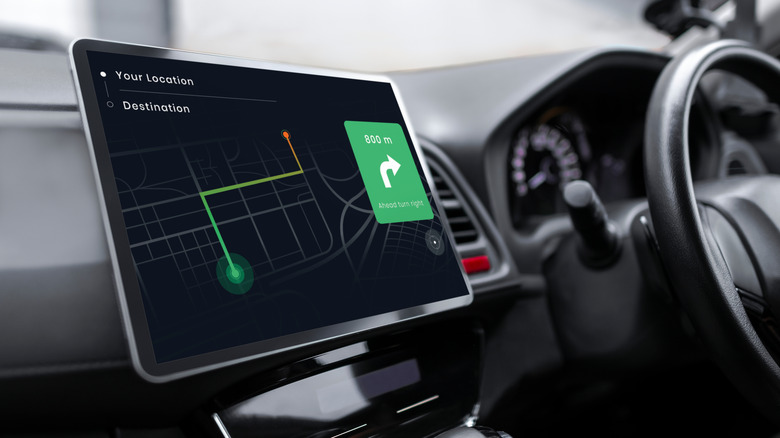Qualcomm And Bosch Team For New Platform That May Change The Way Automakers Build Cars
While consumer technology enthusiasts typically associate Qualcomm with its consumer-facing smartphone-focused chipsets, the truth is that the American chipmaker has several business interests outside of the smartphone space. Besides developing advanced connectivity technologies and modems, the company has also been working to establish itself as a player in the automotive segment.
Qualcomm's automotive aspirations could be judged from the fact that the chipmaker has a history of partnership with German automotive major Bosch on various fronts. The last time both these companies were in the news was in mid-2023 when they came together to invest in a new company that was working to promote the adoption of RISC-V technology in the automotive segment.
At CES 2024, these two long-time partners have again come together to introduce a central vehicle computer designed to handle infotainment and advanced driver assistance system (ADAS) functionalities on a single chip. This is a significant development for the automotive industry as a whole as it would negate the use of separate processors to handle both these critical functions.
The new cockpit and ADAS integration platform, developed by Bosch, utilize Qualcomm's Snapdragon Ride Flex System-on-Chip (SoC). The platform is built on the companies' existing partnership, which has previously focused on in-vehicle infotainment (IVI) projects.
Powering the digital cockpit of the future
Qualcomm claims that its Flex SoC stands out for its ability to support mixed-criticality workloads, allowing the digital cockpit, ADAS, and automated driving capabilities to coexist on a single chip. The company also asserts that the Bosch-powered systems are based on a scalable architecture from entry-level to premium tiers. At CES, the companies also showcased a central vehicle computer that gave a glimpse of what this system could achieve.
Aside from supporting a range of features, including infotainment, vehicle lifecycle management, and digital cluster functionalities, this newly developed central vehicle computer could also process ADAS features like object/traffic light/lane assist/ lane detection, automated parking, navigation, voice assistance, and processing for camera radar and ultrasonic data.
Senior executives at Bosch have hailed this new tech as a cost-effective solution for automakers to incorporate ADAS systems into their vehicles. The lower cost of deployment will eventually have a trickle-down effect, making cars with these technologies less expensive to make and, thereby, cheaper for the consumer. This affordability could also mean that more entry-level to mid-range vehicles will be able to incorporate ADAS functions without companies having to worry about cost escalations.
While this development on the automotive front does look promising, neither of these companies has indicated how long it would take for cars based on this technology to make it to us, the end consumers.

